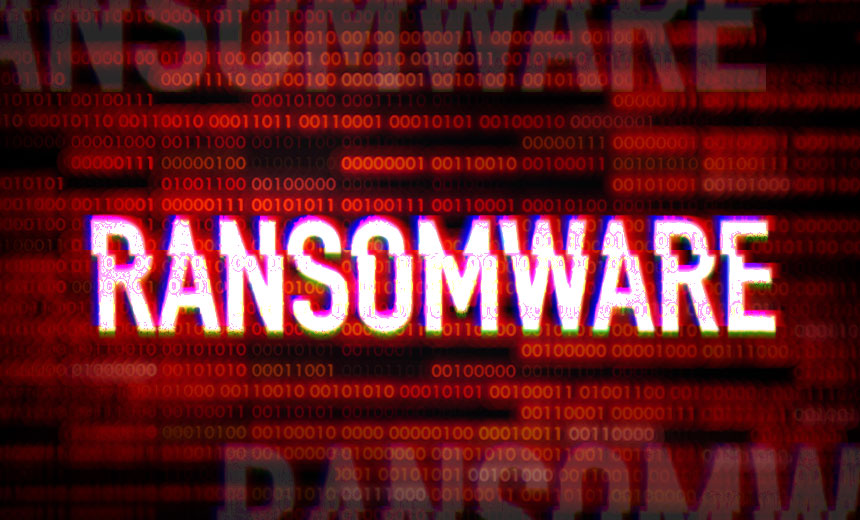Fraud Management & Cybercrime
,
Ransomware
UNC4393 Is a Financially Motivated Threat Group Active Since 2022

A newly identified financially motivated hacking group is deploying Basta ransomware as part of an ongoing extortion campaign that began early this year.
See Also: Effective Communication Is Key to Successful Cybersecurity
Google Mandiant, which uncovered the campaign, tracks the group as UNC4393.
Since Basta is not publically marketed and is available on invitation-only basis, Mandiant researchers believe UNC4393 is likely the “primary user of Basta ransomware.”
“The hundreds of Basta ransomware victims claimed on the data leak sites appear credible due to UNC4393’s rapid operational tempo,” Mandiant said, adding that the median time the group takes to ransom a victim is approximately 42 hours. “UNC4393 has demonstrated proficiency in quickly performing reconnaissance, data exfiltration, and completing actions on objectives.”
The hacking group relies on initial access brokers for network access. These include two affiliates, which Mandiant tracks as UNC2633 and UNC2500, who uses phishing emails containing QakBot for network compromise. Based on the analysis of the affiliates’ operations, the researchers estimates the actors are likely linked to defunct Trickbot and Conti groups.
Following the disruption of the malware by the FBI and other international law enforcement agencies, the group began to rely on other malware variants called DarkGate for initial access.
After gaining initial access, UNC4393 uses a number of open-source attack mapping tools, such as BloodHound, AdFind and PSnmap, to analyze the victim’s network.
The attackers use credentials and brute-forcing methods to authenticate externally facing network appliances or servers. While the group manually deployed Basta during its earlier days, it began to deploy Knotrock, a custom .NET-based utility, to deliver Basta. The utility offers capabilities such as quicker encryption during large-scale attacks.
In one instance, the researchers observed the group relying on a malware variant that has been inactive since 2023 called SilentNight to gain persistence and bypass security detection, Mandiant said.
“This most recent surge of SilentNight activity, beginning earlier this year, has been primarily delivered via malvertising. This marked a notable shift away from phishing as UNC4393’s only known means of initial access.”
